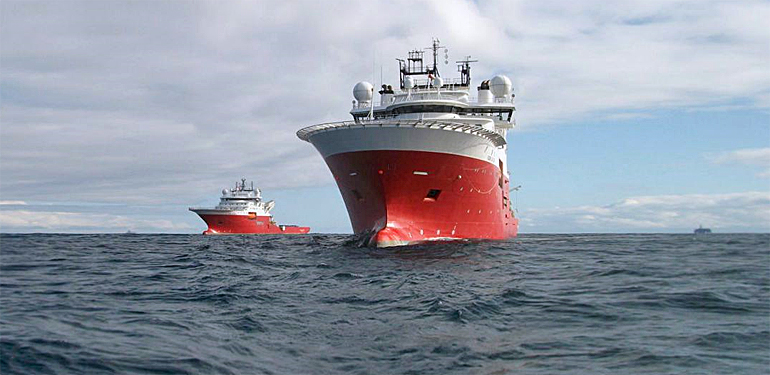Australia releases seabed data from mh370 search
 The release this month of bathymetry data by Geoscience Australia has revealed seafloor maps with a resolution 15 times higher than those previously produced using satellite data. The bathymetric survey, conducted by Dutch-based company Fugro during Phase One of the search for missing flight MH370, has provided a detailed map of the seafloor topography in the search area.
The release this month of bathymetry data by Geoscience Australia has revealed seafloor maps with a resolution 15 times higher than those previously produced using satellite data. The bathymetric survey, conducted by Dutch-based company Fugro during Phase One of the search for missing flight MH370, has provided a detailed map of the seafloor topography in the search area.
Largest marine survey ever conducted
Following the disappearance in March 2014 of the Malaysia Airlines flight, the southern Indian Ocean search, led by the Australian Transport Safety Bureau (ATSB), was acknowledged as one of the largest marine surveys ever conducted. Geoscience Australia supported the ATSB, providing specialist advice and capability and an understanding of the remote environment in which the search was conducted.
Specialist survey vessels
Fugro deployed specialist survey vessels (Equator vessel on top photo) equipped with sidescan and multibeam sonar equipment mounted on towed and autonomous underwater vehicles, to collect high resolution sonar images of the seafloor. The 278,000 square kilometres of data collected also included additional bathymetry data from Fugro’s survey vessels as they transited to and from the remote search area.
Release of data
In January 2017, the governments of Malaysia, Australia and the People’s Republic of China jointly announced the suspension of the deepwater search. Following their commitment to publicly release the data acquired during the survey and search operations, the Phase One data is now available in multiple formats via the Geoscience Australia website.
Paul Kennedy, Fugro’s Marine Geophysical Service Line Director, remarked on the quality of the data, “The Geoscience Australia web platform provides a superb visual comparison between the new bathymetric data and the previous satellite data. It clearly illustrates the scientific value of this unique information and accurately represents Fugro’s marine site characterisation deliverables.”
Insights for scientific communities
The seafloor data is expected to contribute to a better understanding of the formation of the southern Indian Ocean. The unique information could provide unprecedented insights for scientific communities, benefiting research in areas such as continental margin geology; plate tectonic history; seabed processes; unique flora and fauna; and future survey expeditions.
Geoscience Australia expects to release the complex Phase Two data in mid-2018.
This news item was originally published on the website of Fugro.
Read also on this website
- Fugro’s Equator takes aboard last underwater data on MH370 search, 23 January 2017
- Fugro's Equator detects uncharted shipwreck, still no sign of MH370, 20 May 2015
- Third Fugro vessel joins search for missing flight MH370, 19 January 2015
- Fugro to conduct underwater search MH370, 7 August 2014
More information
Fugro
Leidschendam, the Netherlands
+31 70 311 1422
www.fugro.com
Video on the search for the MH370.



